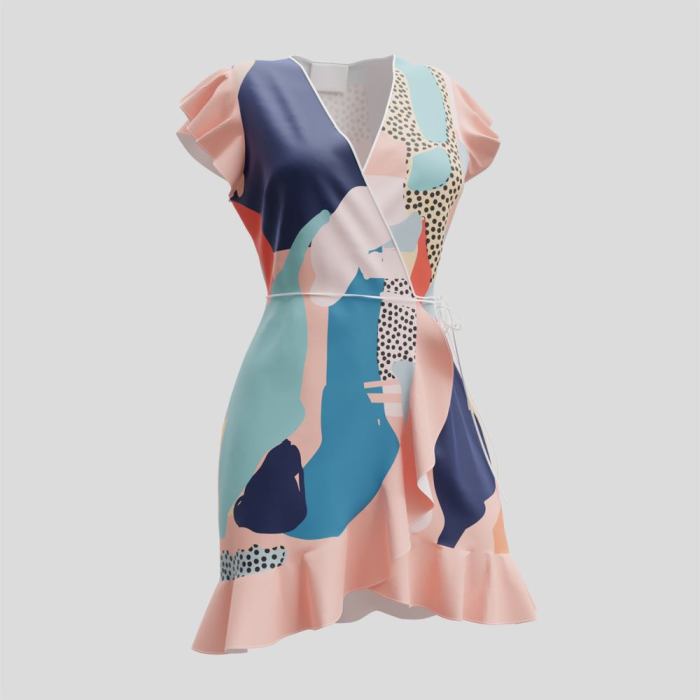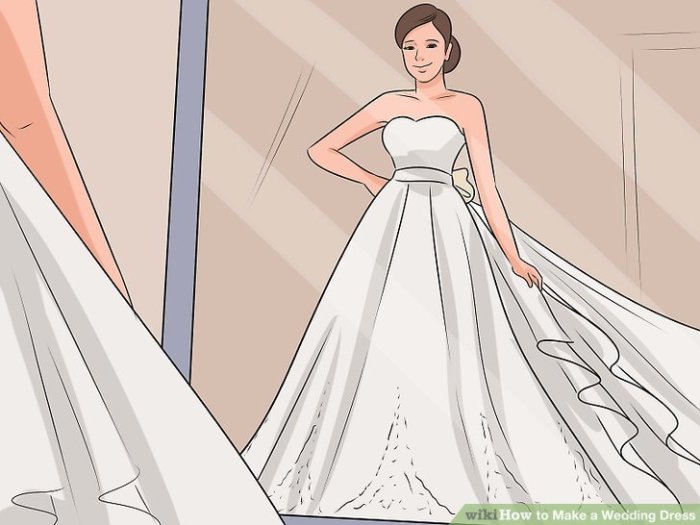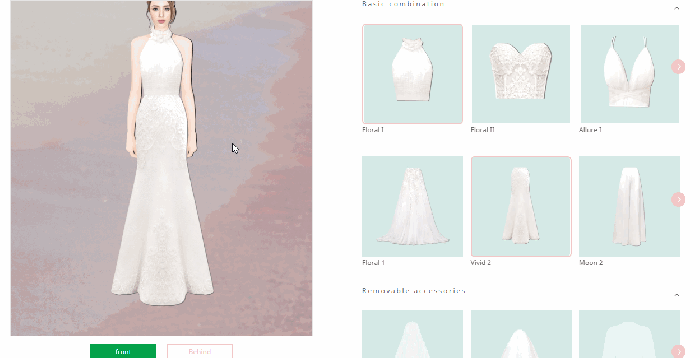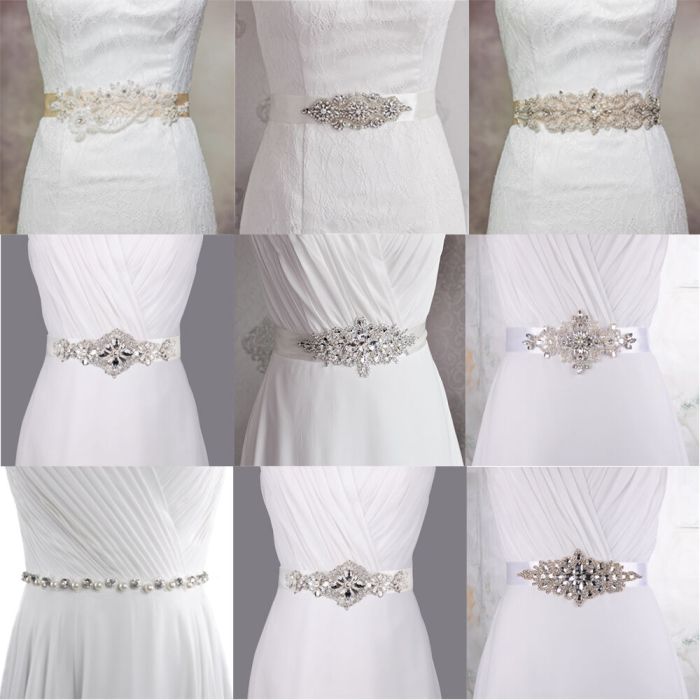Wedding Dress Design: A Comprehensive Guide: Create My Wedding Dress
Create my wedding dress – Creating your own wedding dress is a deeply personal and rewarding journey. This guide provides a structured approach, covering design inspiration, fabric selection, construction techniques, embellishments, and budgeting. It aims to empower you with the knowledge and steps necessary to bring your dream dress to life.
Design Inspiration & Styles

Source: contrado.com
Understanding different wedding dress styles is crucial for developing your design. This section explores various styles, suitable fabrics, and embellishments, along with neckline options for a ballgown dress.
Five distinct wedding dress styles include A-line (flattering on most body types, often made with chiffon or satin), Ballgown (dramatic and voluminous, suitable for luxurious fabrics like silk taffeta or organza), Mermaid (form-fitting bodice flaring at the knees, ideal for fabrics with structure like crepe or lace), Empire Waist (flowing silhouette with high waistline, often made with lightweight fabrics like silk charmeuse or georgette), and Sheath (simple, elegant silhouette, typically crafted from structured fabrics like crepe or satin).
Embellishments such as lace, beading, and embroidery can enhance each style.
A modern wedding dress mood board might feature clean lines, minimalist silhouettes, intricate lace details, delicate beading, and subtle embellishments. The color palette could range from classic ivory and champagne to modern blush tones and subtle metallic accents.
Three neckline options for a ballgown dress are sweetheart (romantic and flattering, emphasizing the bust), V-neck (elongates the torso, creating a sophisticated look), and off-the-shoulder (feminine and elegant, showcasing the shoulders and collarbone). A sweetheart neckline offers a romantic and feminine feel, but might not be suitable for all body types. A V-neck creates a lengthening effect, while an off-the-shoulder design offers a balance between coverage and showcasing the shoulders.
| Silhouette | Fabric | Embellishments | Neckline |
|---|---|---|---|
| A-line | Chiffon | Lace Appliqués | Sweetheart |
| Ballgown | Silk Taffeta | Beading | V-neck |
| Mermaid | Crepe | Embroidery | Off-the-shoulder |
| Empire Waist | Silk Charmeuse | Simple Beading | Sweetheart |
Fabric Selection & Considerations

Source: wikihow.com
Choosing the right fabric is paramount. This section compares popular wedding dress fabrics, discusses their care, and guides fabric selection based on season and wedding theme.
Silk, satin, and lace are popular choices. Silk offers luxurious drape and breathability but is expensive and requires delicate care. Satin is smooth and lustrous, providing a sleek finish, but can be less breathable and prone to wrinkles. Lace adds intricate detail and texture, but can be delicate and challenging to work with. Each fabric’s suitability depends on the dress style, season, and personal preference.
Silk requires dry cleaning, satin can be hand-washed or dry-cleaned, and lace should be hand-washed or dry-cleaned depending on the type. For summer weddings, lightweight fabrics like silk charmeuse or chiffon are ideal, while heavier fabrics like satin or crepe are better suited for cooler seasons. The overall wedding theme will influence fabric choice; a rustic theme might call for linen or cotton, while a glamorous theme might suit silk or satin.
- Silk: Advantages – luxurious drape, breathable; Disadvantages – expensive, delicate care required.
- Satin: Advantages – smooth, lustrous; Disadvantages – less breathable, prone to wrinkles.
- Lace: Advantages – intricate detail, texture; Disadvantages – delicate, challenging to work with.
Construction & Pattern Making
This section details the process of creating a wedding dress pattern and assembling the fabric. Precision and accuracy are key to a professional finish.
Creating a basic wedding dress pattern begins with accurate body measurements. These measurements inform the creation of a sloper, a basic pattern that serves as the foundation for various dress silhouettes. Different drafting techniques are used for different silhouettes, such as the French curve method for curved seams. Cutting and assembling fabric pieces require precision to ensure the dress fits correctly and looks professional.
Seams should be pressed flat and hems finished with a clean, even edge.
Embellishments & Accessories

Source: brihaspatitech.com
Embellishments and accessories can significantly enhance a wedding dress’s aesthetic. This section explores different embellishment techniques and complementary accessories.
Three types of embellishments are beading (adding sparkle and texture), embroidery (creating intricate designs), and appliqués (adding decorative fabric pieces). Beading can be applied by hand or machine, embroidery requires specialized skills, and appliqués are sewn or glued onto the fabric. Strategic placement of embellishments can enhance specific design features, such as highlighting the waistline or adding detail to the neckline.
A wedding dress might feature beaded lace appliqués on the bodice, embroidered details on the sleeves, and delicate beading along the hemline.
- Veils: complement various styles, adding a touch of elegance or drama.
- Belts: cinch the waist, adding definition and style.
- Jewelry: enhances the overall look, adding personal touches.
Budgeting & Sourcing Materials, Create my wedding dress
Creating a wedding dress involves managing costs effectively. This section offers a budget breakdown and explores sources for high-quality materials.
A budget breakdown should include fabric costs, embellishment costs, and labor costs (if outsourcing any steps). High-quality fabrics and embellishments can be sourced from online retailers, fabric stores, and specialty suppliers, each offering different price points. Cost management strategies include choosing cost-effective fabrics for less prominent areas of the dress, opting for simpler embellishments, and prioritizing high-quality materials for key design elements.
| Material Source | Cost-Effectiveness | Pros | Cons |
|---|---|---|---|
| Online Retailers | Generally cost-effective | Wide selection, convenience | Shipping costs, potential for delays |
| Fabric Stores | Moderate cost-effectiveness | Hands-on selection, expert advice | Limited selection compared to online |
FAQ
What sewing machine is best for making a wedding dress?
Creating your own wedding dress is a deeply personal and rewarding experience, allowing for complete customization. However, if the time commitment or sewing skills are a concern, exploring alternative options might be beneficial. Consider checking out the extensive selection offered by services like wedding dress rental nyc before committing to a fully bespoke creation. This allows you to try on various styles and find inspiration for your own design, ultimately guiding your own dress-making process.
A heavy-duty sewing machine with adjustable stitch length and width is ideal for handling various fabrics and embellishments.
How much time should I allocate for making my wedding dress?
The time commitment varies greatly depending on experience and complexity, but plan for several months to allow for ample time and avoid rushing.
Can I alter a pre-made pattern to fit my measurements?
Yes, most patterns offer instructions for adjustments. However, it’s recommended to have basic pattern-making skills for significant alterations.
Where can I find inspiration for unique wedding dress designs?
Browse bridal magazines, online platforms like Pinterest and Instagram, and visit bridal boutiques for design inspiration.

